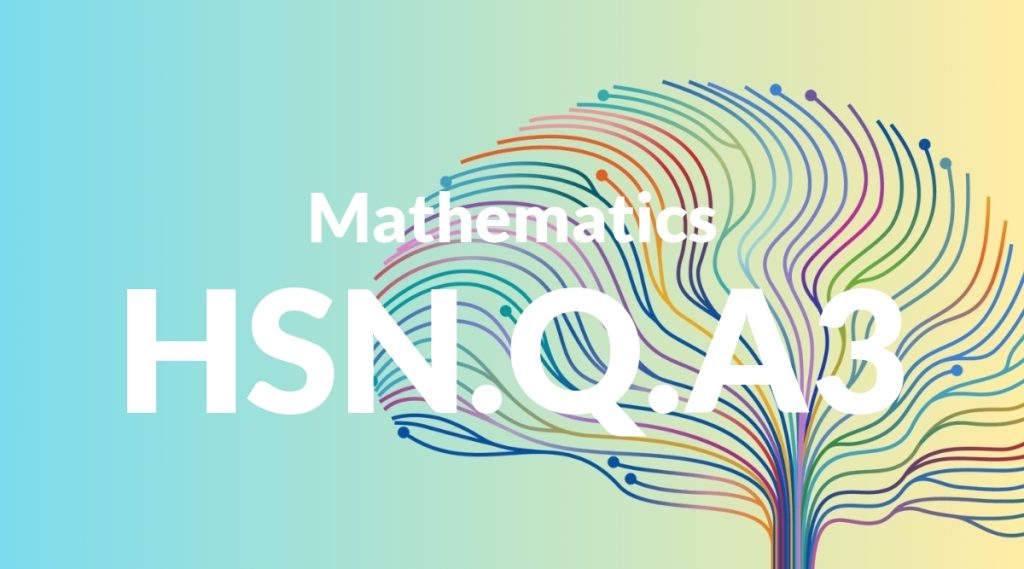Standard: HSN.Q.A3 – Choose a level of accuracy appropriate to limitations on measurement when reporting quantities.
Grade level: High School: Number and Quantity
Subject: Mathematics
Domain: Quantities
Teacher Overview
This standard emphasizes the importance of choosing an appropriate level of accuracy when reporting measurements. This skill is crucial in various fields such as science, engineering, and finance, where the precision of data can significantly impact conclusions and decisions. Students should understand units of measurement, significant figures, and basic arithmetic operations to tackle this standard effectively.
Students will develop the ability to apply their understanding of measurement accuracy to more complex and real-world problems, enhancing their problem-solving and critical-thinking skills.
Common Misconception 1
Some students may believe that more precision is always better. This is incorrect because excessive precision can be unnecessary and may complicate the interpretation of data.
Intervention 1
Use real-world examples to show that the required precision varies by context. For instance, measuring ingredients for a recipe versus measuring chemicals in a lab.
Common Misconception 2
Another common misconception is that the level of accuracy does not impact the reliability of the results. This is incorrect because inappropriate levels of accuracy can lead to significant errors.
Intervention 2
Demonstrate through examples how choosing the wrong level of accuracy can lead to incorrect conclusions, such as in financial forecasting or scientific research.
Prerequisite Knowledge
Students should have a solid understanding of basic measurement concepts, including units of measurement, and an ability to perform basic arithmetic operations. Familiarity with the concept of significant figures and their use in scientific notation is also essential.
Subsequent Knowledge
After mastering this standard, students will be able to apply their understanding of measurement accuracy to more complex real-world problems, such as error analysis in scientific experiments and quality control in manufacturing processes.
Instructional Activities
- Conduct a lab experiment where students must choose the appropriate measurement tools and report their findings.
- Analyze case studies where measurement accuracy impacted the outcome.
- Create a project where students must measure and report quantities with varying levels of required accuracy.




